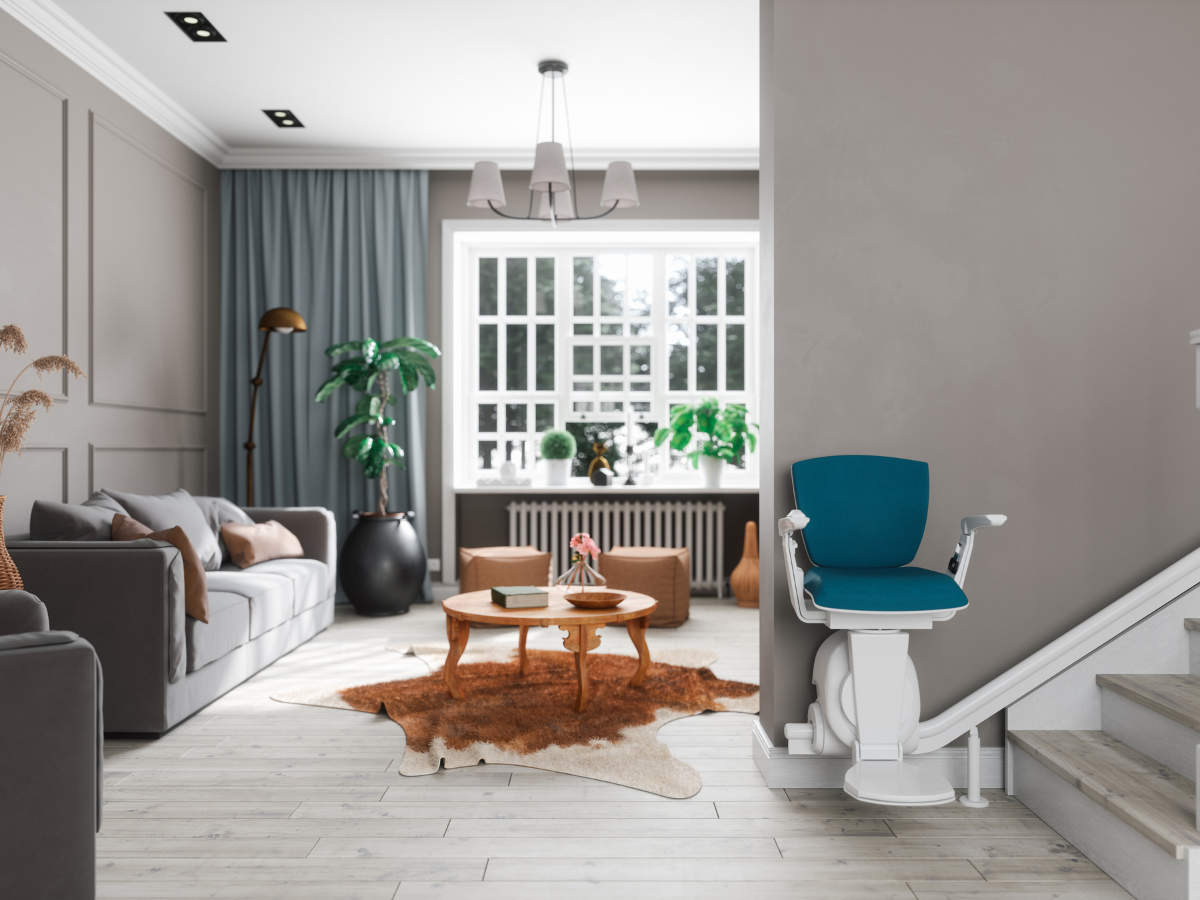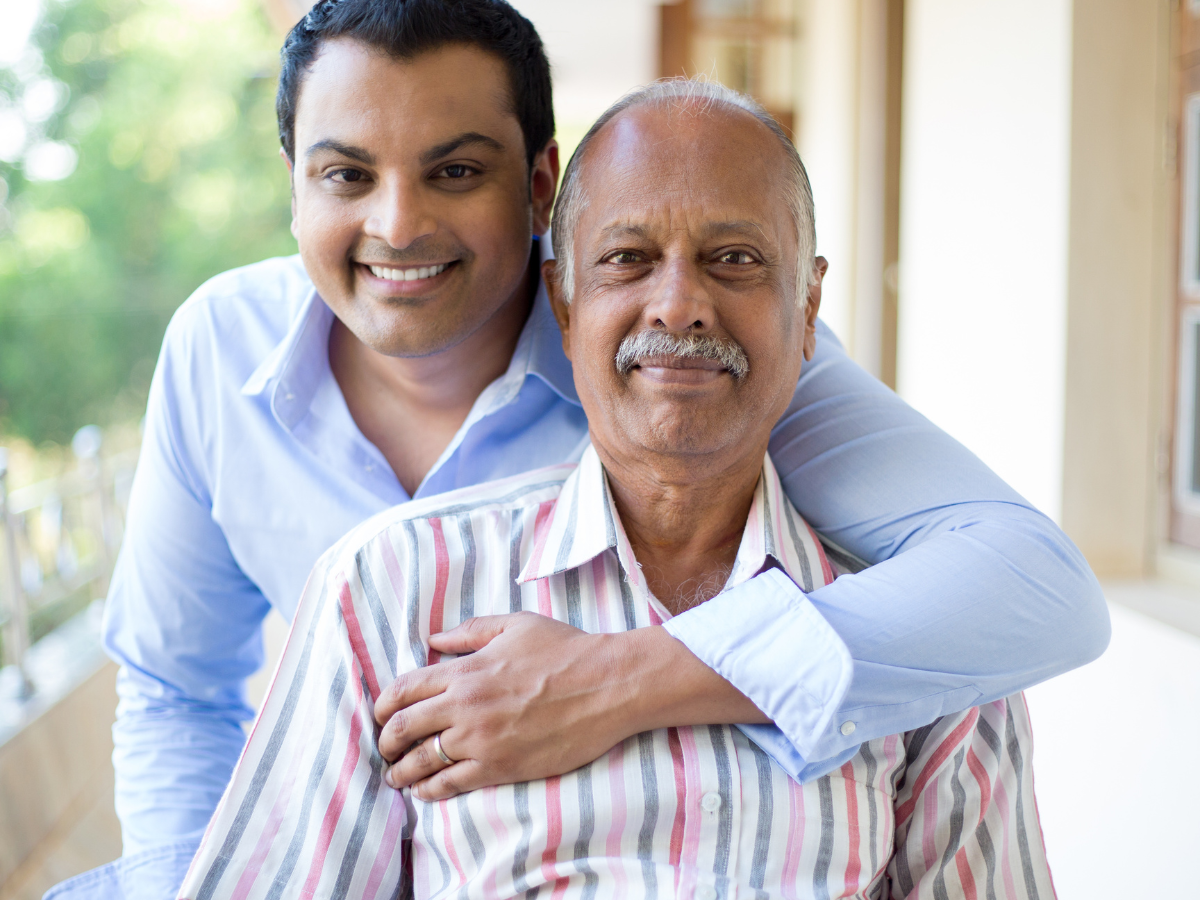“I’m finding it difficult to walk.”
“It’s hard to get up on my feet.”
“I don’t think I can get up those steps.”
All of these phrases are too commonly uttered by senior citizens who experience pain in their legs. Leg pain can be a common concern among older adults. It hinders their mobility and affects their overall well-being. While aging itself can contribute to various leg-related issues, it’s important to understand the underlying culprits behind the discomfort. That way, older adults can effectively manage and alleviate their leg pain.
Let’s unravel this mystery! What are the top culprits of the aching legs of seniors?
Peripheral Arterial Disease (PAD).
Peripheral Arterial Disease is a circulatory disorder. It occurs when there is a narrowing or blockage of the blood vessels supplying the legs. Seniors who suffer from PAD may experience leg pain, cramping or fatigue during physical activity, known as claudication. The reduced blood flow to the legs can lead to tissue damage and slower wound healing.
Quitting smoking, maintaining a healthy diet, exercising regularly and following prescribed medications can help manage PAD and alleviate leg pain. “The most important thing for patients with PAD to do is to continue to exercise as much as they are able,” informs the Canadian Society for Vascular Surgery, “Walking to the point of discomfort trains the leg muscles to work better and promotes improved circulation.”
Venous insufficiency.
Venous insufficiency refers to the impaired function of the leg veins. It results in the pooling of blood and increased pressure in the lower extremities. This condition often leads to symptoms like leg pain, heaviness, swelling and the development of varicose veins. Seniors who spend prolonged periods sitting or standing, have a family history of venous disorders, or are obese are at higher risk of venous insufficiency.
According to Canada Vein Clinics, “the first line of treatment is usually prescription compression stockings that are specially fitted to apply pressure to the foot and ankle, preventing blood from pooling. You should also exercise regularly, keep your legs uncrossed, and elevate them when possible.”
Sciatica.
Sciatica is a condition characterized by pain radiating along the sciatic nerve. It runs from the lower back down the legs. In seniors, sciatica can occur due to age-related changes in the spine, such as herniated discs or spinal stenosis, compressing the nerve roots. The pain can be sharp, shooting or burning. It often affects one side of the body.
Gentle stretching exercises, heat or cold therapy, pain medications and physical therapy can help alleviate sciatica-related leg pain and improve mobility. “In many cases, sciatica will improve and go away with time,” says MyHealth.Alberta.ca, “Initial treatment usually focuses on medicines and exercises to relieve pain. You can help relieve pain by: avoiding sitting (unless it is more comfortable than standing); (and) alternating lying down with short walks.”
Peripheral neuropathy.
Peripheral neuropathy refers to nerve damage that can occur due to such factors as diabetes, vitamin deficiencies or certain medications. Seniors with peripheral neuropathy may experience leg pain, numbness, tingling or a loss of sensation. The pain can be constant or episodic and may significantly impact mobility and balance.
Manage the underlying condition, adopt a healthy lifestyle and follow a well-balanced diet rich in essential nutrients. Taking these steps can help to alleviate neuropathic leg pain and prevent further nerve damage.
“If you have peripheral neuropathy, you will need to learn ways to cope with the symptoms,” alerts the Canadian Cancer Society, “Be careful with sharp, hot, cold or other dangerous objects if your fingers are numb. Check your feet regularly for cuts or other wounds. People with neuropathy can be at risk for infection and poor wound healing. Move slowly and use handrails when going up and down stairs if muscle strength or balance is affected.”
Musculoskeletal conditions.
Many older adults experience leg pain due to musculoskeletal conditions like osteoarthritis, rheumatoid arthritis and gout. These conditions can lead to joint inflammation, stiffness and pain in the knees, hips, ankles and feet. Age-related wear and tear on the joints can exacerbate these conditions, causing discomfort while walking or standing. Engaging in low-impact exercises and using assistive devices like braces can help alleviate leg pain.
“Musculoskeletal pain is best treated by treating the cause,” explains Florida’s Novus Spine & Pain Center, “The treatment will vary depending on whether the pain is bone, muscle, ligament, tendon or joint pain. For some acute musculoskeletal pain, manual therapy or mobilization techniques have been shown to speed recovery.”
At Advantage Home Health Solutions, we offer a wide variety of mobility solutions that take the pressure off of your legs. They include wheelchairs, walkers and rollators, scooters, canes and crutches, just to name a few.
Wheelchairs.
Wheelchairs allow individuals to offload weight from their legs and provide supportive sitting surfaces. This is especially beneficial for seniors experiencing leg pain due to conditions like arthritis, peripheral arterial disease or musculoskeletal disorders. By relieving the pressure on the legs, wheelchairs can minimize discomfort and promote healing.
Walkers and rollators.
Similar to wheelchairs, walkers and rollators help distribute the body’s weight more evenly, reducing the strain on the legs. By providing support and offloading weight, walkers and rollators can alleviate discomfort and allow for more comfortable mobility.
Electric mobility scooters.
Electric mobility scooters alleviate the strain on the legs by providing seated positions and minimizing weight-bearing activities. By reducing pain and fatigue, medical scooters enable individuals to conserve energy and engage in daily activities without exacerbating their leg pain.
Canes and crutches.
Canes and crutches decrease stress on joints. They can compensate for diminished strength and poor balances. These solutions also help to speed up recovery from surgery. Using canes or crutches can help keep you steady on your feet and prevent unnecessary falls while you heal.
The Advantage Home Health Solutions team always ensures that you have the complete picture to make an informed decision. You will always know all of your possible options so that you can choose which solution is best for you. Please don’t hesitate to give us a call at 403-460-5438. You may also fill out the form on our Contact page!



